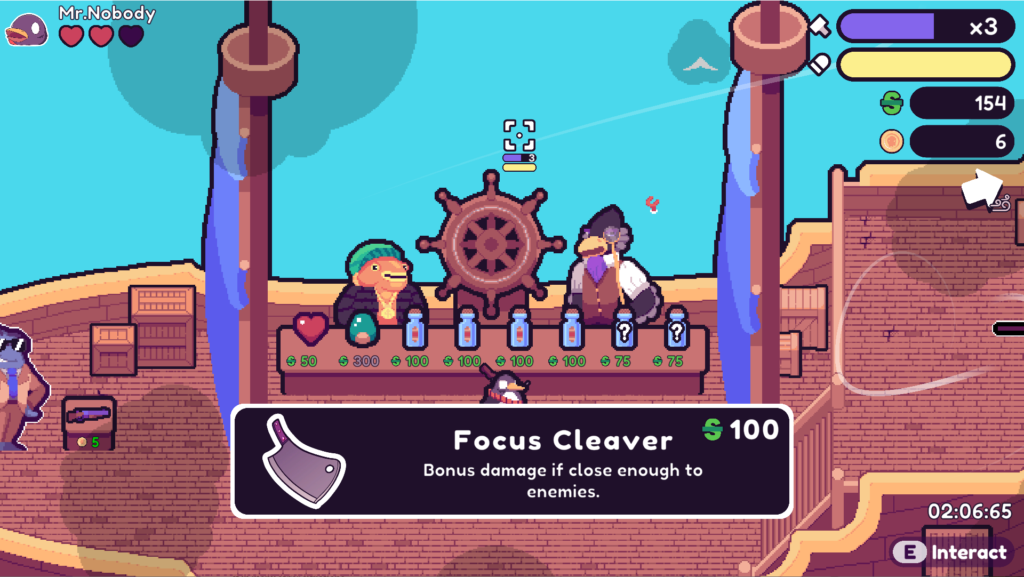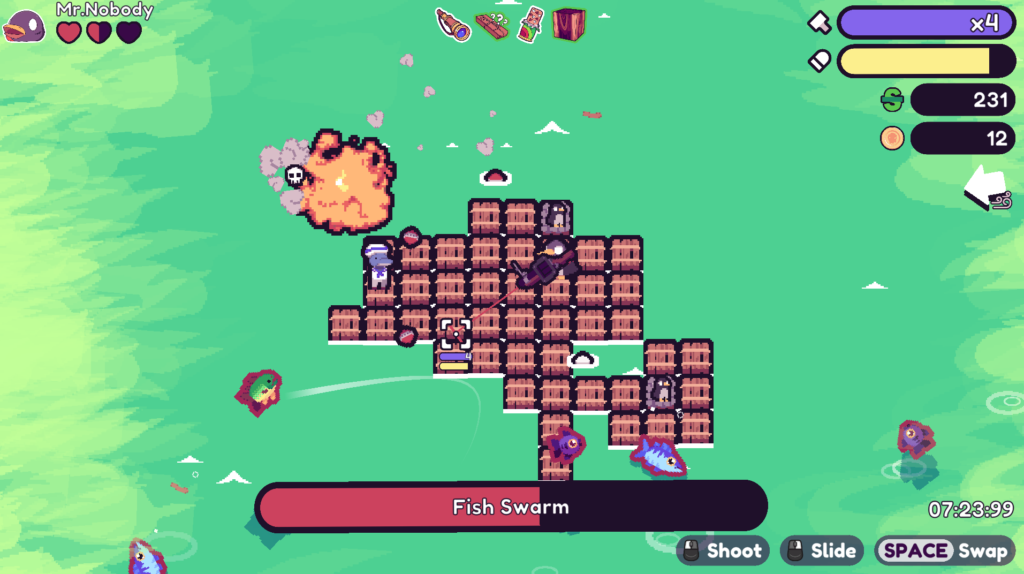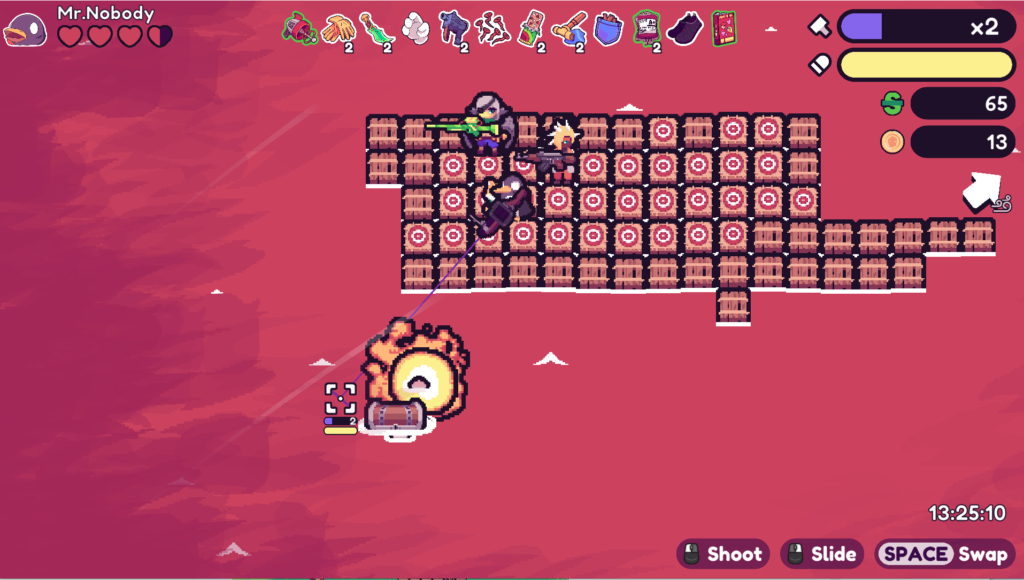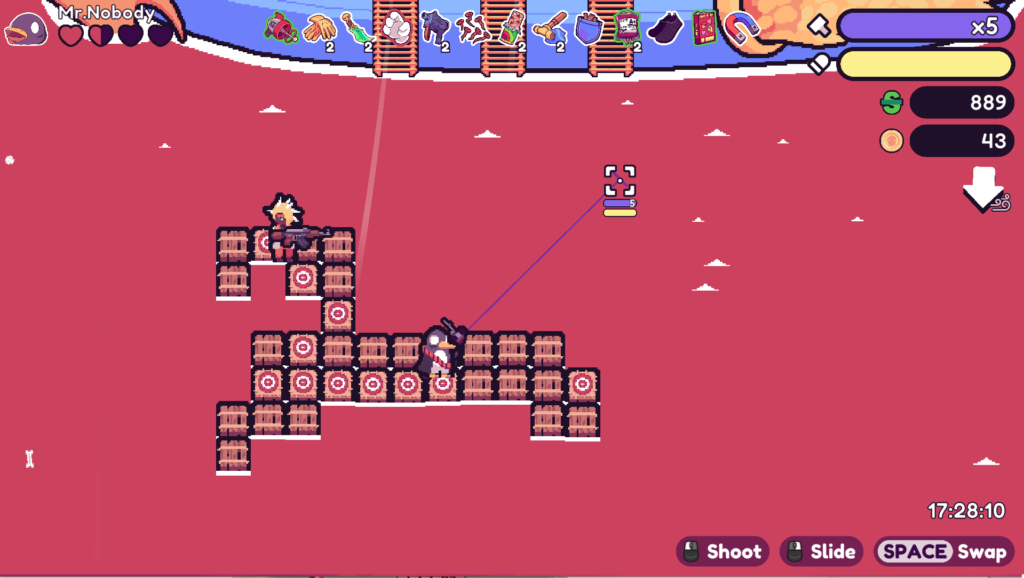Content Warning: Maximum Amounts of Inside Baseball on TCG’s
Magic just announced a new type of Booster Pack, and it’s something I find fascinating for a variety of reasons. One of those reasons is that it has the potential to break some things horribly. Before I get into those things, I’m going to lay out a few assumptions. If you disagree with these assumptions, you’ll still enjoy the article, but it may sound like rambling from a madman.
Assumptions
- Magic cards are artificially scarce. It costs just as much to manufacture a rare or a mythic rare as a common or uncommon.
- Past a certain point, when opening booster packs to collect cards, the only card that matters is the rare or mythic. (Yes, there are uncommon cards with value like Pitiless Plunderer, but they’re few and far between.)
- Rare cards are more powerful. If two cards in the same set have a similar effect, and one is rare/mythic, and the other is common/uncommon, the rarer one will be better.
- Magic’s limited formats are reliant on uncommon and commons cards making up the bulk of the strategies and play.
Why New Boosters?
There are several reasons for play boosters. Most are in the Mark Rosewater writeup, but one is conspicuously absent: manufacturing cost. Back in December of 2022, the Pokemon TCG updated its boosters pricing, but also added additional rare cards. For Pokémon, adding more rares doesn’t have much of a trade off, because Pokémon doesn’t have a limited format.
But Magic does have a limited format, and that format is popular enough to cause a problem. Some Magic players use booster packs as game components to play one type of game, and some buy boosters to get components to play a different game.
Wizards’ first attempt to fix this problem was to split things out into Draft Boosters and Set Boosters, separating the two types of players. The aforementioned Mark Rosewater writeup is a 4 point memorandum on why that design failed for business reasons.
So now Wizards has done the opposite. They’re attempting to combine both products into a single product to be used by both audiences, solving the above issue of product availability and stocking.
A New Set of Problems
However, in moving the problem from a business problem into a design problem, they’ve opened the potential for a variety of incredible things to wrong, and that’s what I’m excited about.

See, Wizards is trying to make this product serve two masters. If the contents are a downgrade from Set Boosters, it’s going to piss off everyone not playing limited formats. The whole thing that made set boosters desirable (more variety of cards, more rares) could go completely out the window. Given that Set Boosters are the product that everyone is buying, according to Wizards themselves, I’m hopeful they won’t destroy the fun of Set Boosters.
Instead, I’m hoping they keep the rare rates up, and run Limited formats into the ground adding 50% more rares to a format with traditionally limited bombs.
Even if they don’t do that, though, having draftable cards from “The List” should be a real hoot. I’m looking forward to seeing Wrath of God and Skullclamp in low power limited games.
Ultimately, they’re going to have to make the experience different for someone: either drafters, or collectors. I’m hoping it’s the first, because watching Wizards warp a format for money is much funnier than watching people open trash rares.









